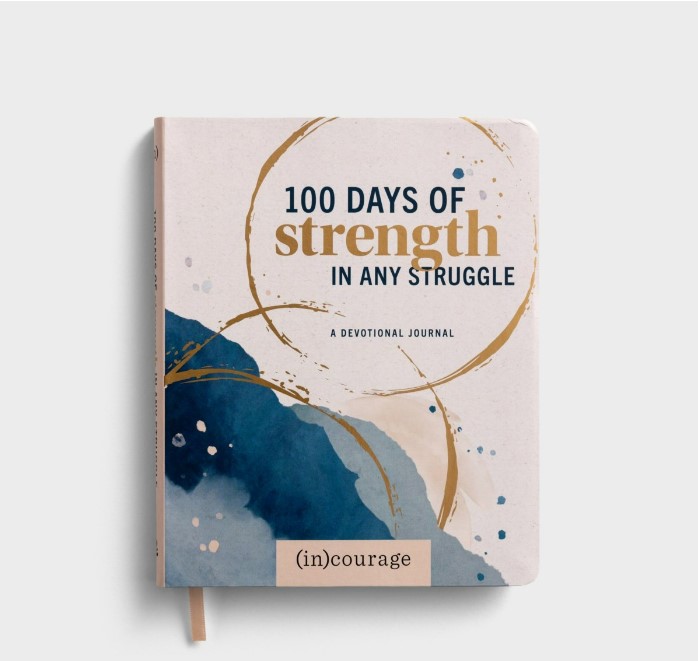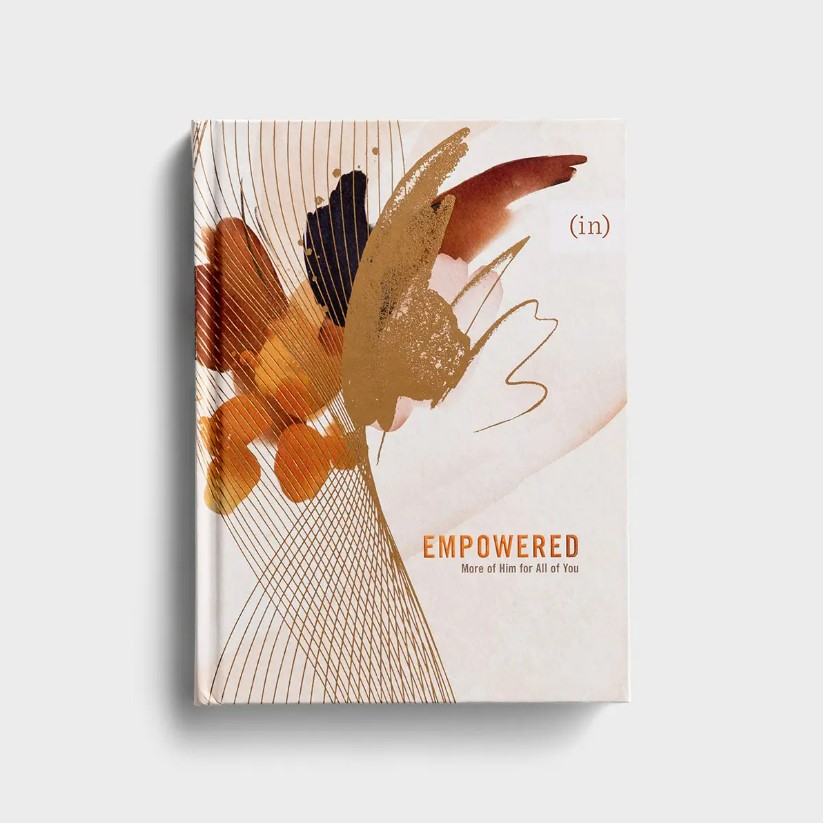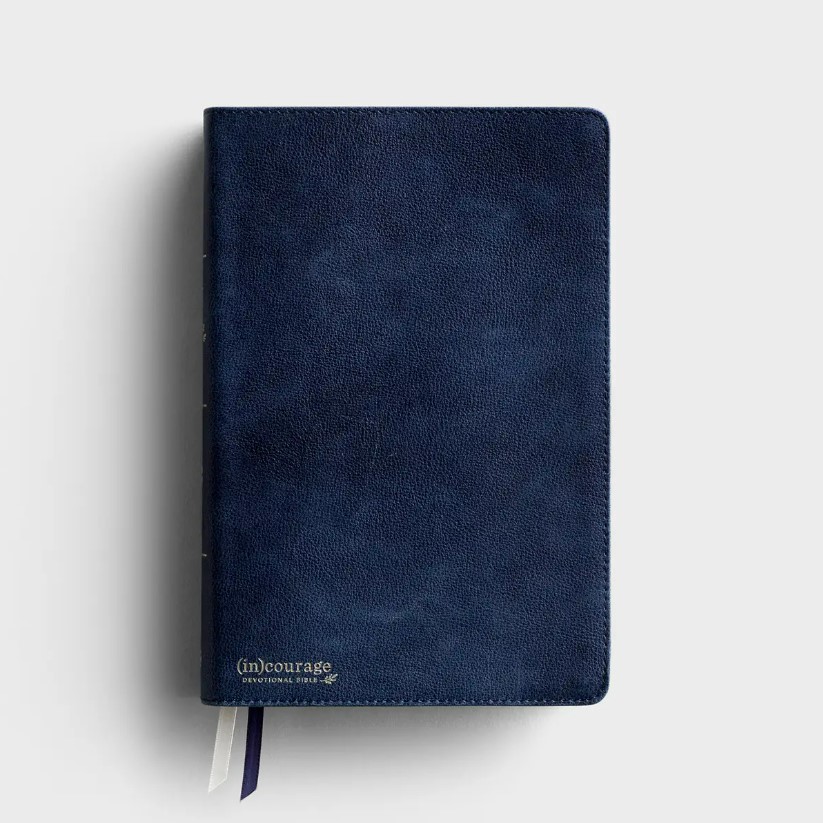A year ago, we hung origami cranes from our crabapple tree. We chose a variety of colors and flowered patterned papers to fold into birds, and then punched a hole at the tips of their tails for the string.
In the midst of a brand new season of school-at-home, with words like “quarantine” and “stay-at-home-order,” cancelled plans, and looking for new headlines by the hour, something as small as folding origami cranes felt like grace for our eyes and our hands.
We watched the pointy birds sway in the wind with the bright blue sky for a backdrop, all colorful and proud. And then the next morning, I’d untangle them from branches and each other. Overnight their strings had wound so tight they were bound. Even the dew at dawn was too much for their fragile paper skins.
My own tenderness towards others was soft in a fresh sort of way back then. I wouldn’t have believed you if you told me just how jostled we’d all become over the next twelve months and more or how so many of us would swing into tangles that seemed impossible to free.
A week after we hung our paper birds, we put teddy bears in our windows. We ordered drawing pencils, sketch books, activity books, and walked ‘round and ‘round the neighborhood as a family. I baked cookies and made afternoon Dalgona coffees on repeat. We marveled over the creative ways our community reached out to one another: texting more, downloading new apps like Marco Polo, Facetiming one another, and celebrating birthdays with signs, drive-bys, porch drop-offs, and video greetings. The grace of God felt near and abundant despite all of our looming fears back then. It was easy to recognize Jesus in all of these acts of love, and I expected them to be enough.
Then summer, then fall, then winter, more months of disappointment come and gone, and the magnitude of losses and mounting racial tensions further shook the foundations we stood on.
I’ve asked Jesus how we’re all supposed to move forward after all of this, and He keeps nudging me to tenderness, and back towards all the pain.
As we begin to re-engage, I feel the impact of what’s been lost everywhere — from walking an aisle in Target, to gathering with our now-altered small group. There’s no going back to what was. There’s only a showing up to what’s become, what’s changed, what’s broken, and what’s still healing.
There is grief I’m still not sure how to approach in the wake of this year. Cynicism has shown up at my door, looking like the stronger and safer guide forward.
I read through the gospels desperate to find the tenderness of Jesus because my own feels like a stranger.
In one instance after another, Jesus’ tenderness leads the way. It moves me to read and re-read John 4, and remember how He went to Sychar, in Samaria. He intentionally arrives there thirsty and tired. Jesus, the Living Water, humbly asks a woman, a Samaritan, for a drink. He puts Himself in a place of need with her. He talks to her about the tensions and walls between their people before revealing who He is.
His patient tenderness towards her reorients me. I read the passage again and again. Did you know the Samaritans and the Jews were enemies who had been violently at odds for centuries at this point? They could not agree to disagree. Their history was full of violence, hatred, deep distrust, and destruction. When the disciples arrive, flabbergasted to find Jesus where He is, talking to whom He’s talking to, He not only stretches their perspectives about people and what’s possible; He stretches their tenderness with His own. And then they all stay in Sychar for two more days — sleeping, eating, and choosing to know and be known by those they would’ve been taught to consider as enemies.
Jesus never asked any of us to muster up our own tenderness; He knew we’d never have enough. He only tells us to follow and abide in the abundance of His.
Our daughter received a colorful stack of origami for her birthday this year. I couldn’t help but think of the cranes I made around a year ago this time. The first day of trying to fold one, she gave up. She crumpled it up, saying it’s not going to work, that the instructions tricked her, and she threw her attempt to the ground. I couldn’t help but see my own weariness in her expression — only my weariness and desire to give up had to do with relationships, loss, and responding to hurt. I listened to my own voice as I instinctively told her, “The special thing about this kind of paper is what also makes it hard: It’s fragile, and the creases stick, don’t they? It’s been made to fold easily, which means it breaks easily, and that’s what makes origami so beautiful.”
The fragility of this paper art makes it dependent on the tenderness of the hands that hold it. I told her to be gentle and patient with herself because that would help her to be gentle and patient with the paper. I told her that each time she shows up to try again, she’s giving this paper bird (and with it, all of us) a chance to fly.
Leave a Comment






Wonderful imagery- origami paper’s fragility allowing it to be tenderly folded into something that has wings to fly. Thank you.
Thank you, Jennifer. There’s a lot to see in such simple things, and I’m grateful God’s grace shows up in them.
Tasha,
Thank you for your timely post. You shared much of what I feel. My daughter is married to a black man. My precious granddaughter is biracial. She’s so innocent at 8, yet unfortunately she already has experienced unfriendly faces.
We need to come together as humans. A simple smile as we pass one another in the grocery store is a beginning.
Blessings.
I’m so sorry for the things your daughter has wrongly experienced and I pray she will have the tools she needs to know and understand she is fearfully and wonderfully made in every part of her – from her skin tone to her unfolding story.
Such a lovely, calming piece. Thank you. It’s been difficult of late, beyond what the past year has thrown at us.
I’m so glad to hear it had that effect Madeline. Thank you for being here.
So beautiful. Thank you, wonderful Tasha.
Thank you, Patricia. Your words carry so much weight for me.
So beautifully and meaningfully worded. I think you captured the sadness and concern that all of us have felt this past year and even now as we have been able to step out a bit more back into life. I think i I am grieving for the life before covid, that I know is forever gone, but having faith, that God will grant us all more tenderness and caring and concern with family and friends and even strangers we may see in the grocery store line. Perhaps, before covid, all of us tho maybe not consciously were taking way too much for granted. God in His mercy and grace be praised for helping us to remember tenderness and patience. Bless you for this lovely post.
Thanks, Kathy. I can see exactly what you are saying. May it be so with each of us!
Tasha,
Good Morning :)….. I have been upset and hurt about many things for a good while now, however, GOD has also given me several moments of “unexpected happiness or joy,” along the way, and breakthroughs here and there….And I have not read most of my email this morning….I was listening to/watching a christian service video late last night that I came across, and it was Wonderful and Soothing- It was Praise and Worship to The LORD, and after I was listening to it for awhile and trying to sing some with it (though some would probably tell me not to for certain reasons right now) I heard what I thought was loud maybe gunshots, but I looked outside- I opened the blind in our bedroom and saw someone was setting off some “Real Fireworks.” And it was late at night, but I got to see one or two of them as they burst through the sky…. I loved it! But I had to turn the music down ( I was told to turn it off) but I turned it real low so it would still flow thru the atmosphere….. Appreciate prayers because this morning didn’t start out well earlier though, but last night…… I was “GREATFUL FOR.” It was Prayer and Praise Time Worship Time Like I Used To Have and It Was WONDERFUL and I MISS IT…….. And Your message “Tenderness Is The Only Way Forward,” Is GOOD….. Thank You and Blessings 🙂 …..Jana
I’m so sorry for the things that have upset and hurt you this year, Jana. Thanks for being here and for looking for God in so many parts of your day and your circumstances. I really believe that is the heart of prayer after all – an awareness that God is right there and turning towards it.
Thank you for sharing this! I needed it.
I’m so glad it met you today, Amy.
There is no going back or things returning to what used to be normal. There is only going forward and relearning what to do now. We must give ourselves and others tenderness. Jesus certainly is.
Tasha,
These past years have been hard on many people. Lives have been disrupted & forever changed. The fabric of our landscape is completely different & there’s no going back to what was. All we can do is step forward courageously & show a little tenderness & God’s love. That can seem scary in these turbulent times. Thankfully we don’t have to. Jesus never asked any of us to muster up our own tenderness; He knew we’d never have enough. He only tells us to follow and abide in the abundance of His. – Praying for all to be a little kinder & tender with each other while we transition back out.
Blessings 🙂